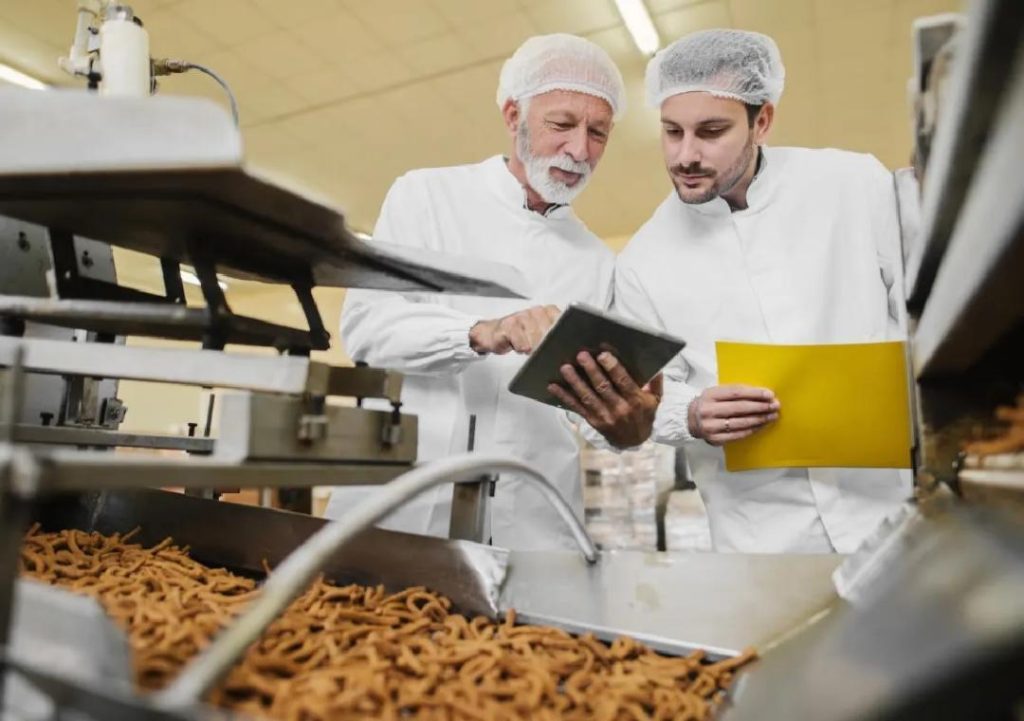
Can P&L Optimisation Redefine Success in Food Technology?
The food technology industry is witnessing a significant shift in the way companies approach profitability. Gone are the days of manual bookkeeping and spreadsheet-based forecasting. Today, food tech companies are leveraging automation, smart inventory systems, and data analytics to streamline their profit and loss (P&L) operations. This transformation is enabling businesses to cut waste, sharpen demand forecasting, and make better decisions, ultimately redefining success in the industry.
In an increasingly competitive market, food tech companies are under pressure to optimize their P&L operations to stay ahead of the curve. The key lies in adopting scalable models that boost margins, ensure sustainable growth, and support long-term success. In this blog post, we’ll explore how P&L optimisation is redefining success in food technology and what strategies businesses can implement to achieve this goal.
The Challenges of P&L Operations in Food Tech
Food technology companies face unique challenges when it comes to P&L operations. From managing complex supply chains to dealing with fluctuating demand, the industry is characterized by uncertainty and volatility. Traditional methods of P&L management, such as manual bookkeeping and spreadsheet-based forecasting, are often inadequate to handle these complexities.
Manual processes are prone to errors, leading to inaccurate forecasting and poor decision-making. Moreover, they are time-consuming and labor-intensive, taking away from more strategic activities like product development and customer engagement. In today’s fast-paced industry, where competition is fierce and consumer expectations are high, these limitations can be costly.
The Benefits of P&L Optimisation in Food Tech
So, what’s the solution? P&L optimisation is the answer. By leveraging automation, smart inventory systems, and data analytics, food tech companies can streamline their P&L operations and achieve significant benefits. Some of these advantages include:
- Improved Forecasting: Automation and data analytics enable food tech companies to forecast demand more accurately, reducing waste and excess inventory.
- Enhanced Decision-Making: With real-time data and insights, businesses can make informed decisions about pricing, inventory, and product development.
- Increased Efficiency: Automation reduces manual errors, freeing up resources for more strategic activities.
- Better Inventory Management: Smart inventory systems help companies optimize inventory levels, reducing waste and improving supply chain efficiency.
- Improved Margins: By reducing waste and optimizing inventory, food tech companies can improve their margins and increase profitability.
Strategies for P&L Optimisation in Food Tech
So, how can food tech companies implement P&L optimisation? Here are some strategies to consider:
- Leverage Automation: Automate manual processes, such as bookkeeping and forecasting, to reduce errors and increase efficiency.
- Implement Smart Inventory Systems: Use data analytics and machine learning to optimize inventory levels and reduce waste.
- Use Data Analytics: Analyze real-time data to gain insights into demand, customer behavior, and market trends.
- Implement Scalable Models: Adopt scalable models that can adapt to changing market conditions and customer needs.
- Foster a Data-Driven Culture: Encourage a culture of data-driven decision-making, where data is used to inform strategic decisions.
Real-World Examples of P&L Optimisation in Food Tech
Several food tech companies are already reaping the benefits of P&L optimisation. Here are a few real-world examples:
- Meal kit delivery service, HelloFresh, uses data analytics to optimize its supply chain and reduce waste. By leveraging real-time data and machine learning, the company can better forecast demand and adjust its production accordingly.
- Specialty food company, Annie’s Homegrown, uses automation to streamline its P&L operations. By automating manual processes, the company can reduce errors and increase efficiency, freeing up resources for more strategic activities.
- Food delivery service, Uber Eats, uses data analytics to optimize its delivery routes and reduce waste. By leveraging real-time data and machine learning, the company can better forecast demand and adjust its logistics accordingly.
Conclusion
P&L optimisation is redefining success in food technology. By leveraging automation, smart inventory systems, and data analytics, food tech companies can streamline their P&L operations, cut waste, sharpen demand forecasting, and make better decisions. To stay competitive in the industry, food tech companies must adopt scalable models that boost margins, ensure sustainable growth, and support long-term success.
By implementing P&L optimisation strategies, food tech companies can:
- Improve forecasting and reduce waste
- Enhance decision-making and reduce errors
- Increase efficiency and free up resources
- Improve inventory management and reduce excess inventory
- Boost margins and increase profitability
In today’s fast-paced industry, where competition is fierce and consumer expectations are high, P&L optimisation is no longer a nice-to-have, but a must-have. By adopting P&L optimisation strategies, food tech companies can stay ahead of the curve and achieve long-term success.
Source:
https://www.growthjockey.com/blogs/p-and-l-operations-in-food-tech






